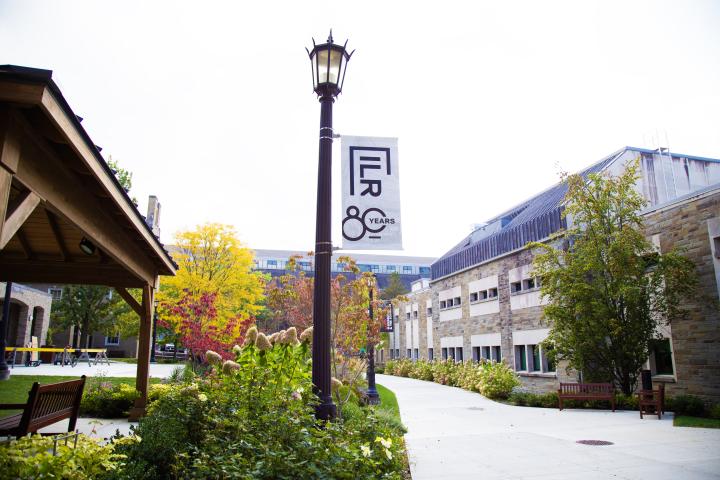
NASA Inventions Come Back to Earth
“In outer space, everyone has a disability, or no one has a disability—the great equalizer,” says David Brewer, senior extension associate of the Hock E. Tan and K. Lisa Yang Employment and Disability Institute.
A few years ago, Brewer led a film crew to the Johnson Space Center through a cooperative agreement with the U.S. Department of Labor to capture the center’s exemplary disability employment practices as part of workforce diversity.
Brewer’s visit will be the topic of his March 8 SXSWedu Conference & Festival presentation, “The Space Between Technology and Disability,” in Austin, Texas.
“Space is such a harsh environment, everyone requires an accommodation,” Brewer said. “You can’t go anywhere in space without having air provided artificially, heat, protection and all sorts of tools.”
At NASA, innovative inventions created for space are patented and licensed for applications on earth. Some of these become assistive technology for people with disabilities.
“There is a robot on the Space Station called Robonaut that NASA created in collaboration with General Motors,” Brewer said. “It is a robot with hands and arms that can perform tasks around the Space Station.”
From Robonaut, a robotic glove was created that could be used for a completely different application.
“One of our veterans with a disability did not have use of his hand and he tried this robotic glove,” Brewer said. “It got me thinking that things made for outer space are more generally applicable for people with and without disabilities.”
Technology is rapidly advancing, making fundamental changes to our experience as humans.
“Many of us are not aware how mobile devices are becoming a part of us,” Brewer said. “We carry around and wear devices such as smartphones and watches. People with and without disabilities are using technology to augment our thinking and our perception of the world.”
Currently, Brewer is creating a documentary to explore the issues of space, disability and technology that features Steve Squyres, Cornell’s James A. Weeks Professor of Physical Sciences.
“Squyres was great. One of his central points was that when we send something to a place like Mars, we are not thinking about the products for licensing here on earth,” Brewer said.
“We just need this thing to work, because it is so incredibly hard and expensive to get the thing to be transported and function properly on a place like Mars.”
“This idea that NASA creates things useful here on earth is not their primary mission. It just sort of happens as an added value of space travel and exploration,” Brewer said.
“It was an exciting idea that in the process of engineering, and through the miracle of mathematics and physics, something designed to work in the harshest of environments ended up useful for all people -- and not just a few.”
For more information about the project, go to http://space-between.org.


